Select a province & language
Entrance to this website assumes you have read and agree to these Legal Terms and Conditions and the Privacy Policy.
Entrance to this website assumes you have read and agree to these Legal Terms and Conditions and the Privacy Policy.
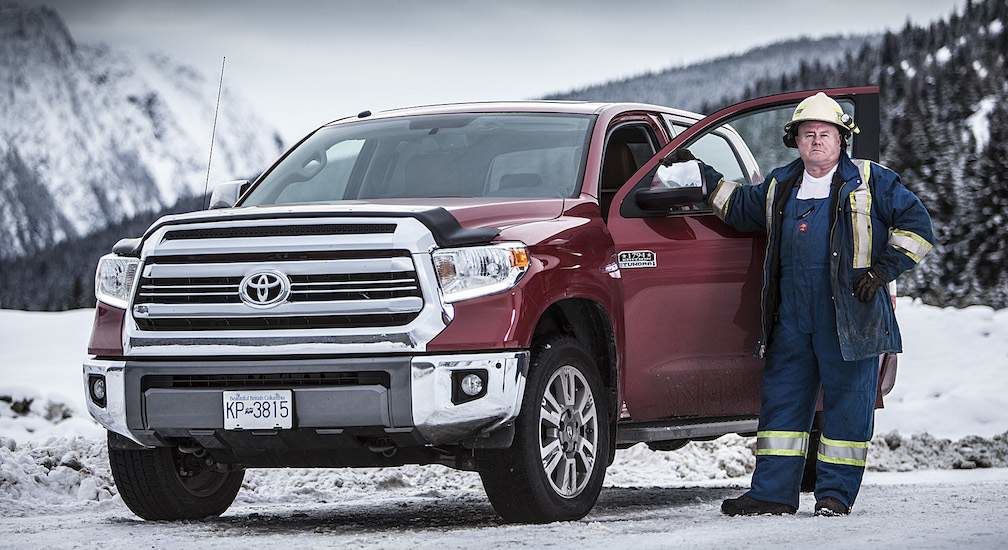
Steep hills, dangerous drop-offs, massive rockslides and wicked weather - these are a trucker's worst nightmares. But with urgent delivery deadlines and millions of dollars in cargo on the line, the Coquihalla Highway - 100 treacherous kilometres cutting through the heart of British Columbia's Cascade Mountains - is the only way to get the job done. And when something goes wrong, this highway needs heroes. Jamie, who runs Jamie Davis Motor Truck, is often the one called to help when things go sideways on the highway.
We asked Toyota fans to submit their questions to learn a bit more about Jamie and what he does. The answers that follow in this Q & A give insight into his work, what to do when road conditions are at their worst and what he likes most about driving a Toyota Tundra.
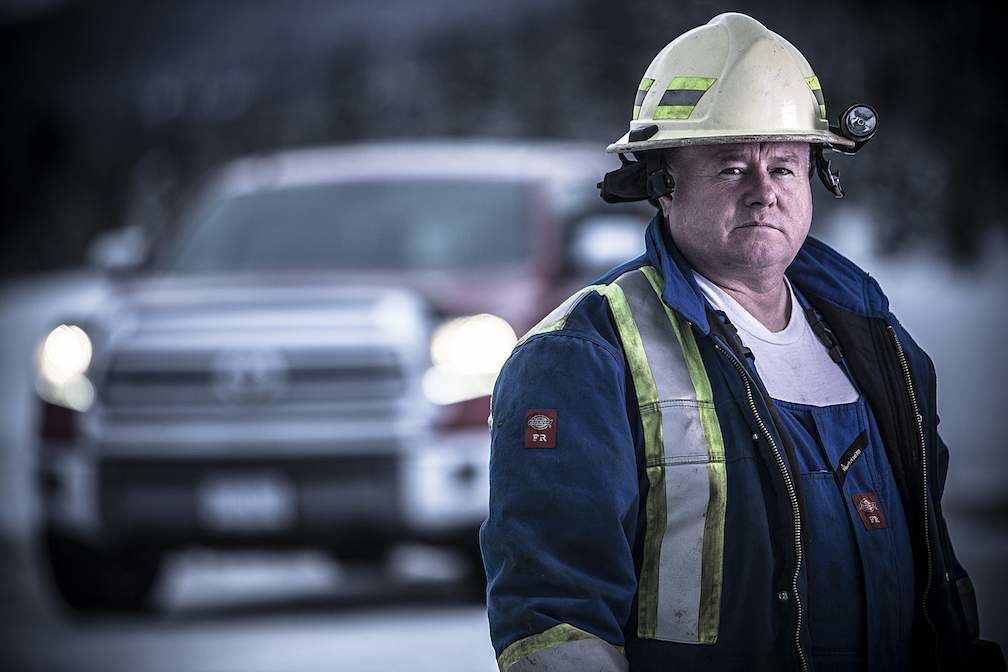
What kinds of traits does a heavy rescuer need to have in order to survive the rigours of the job? (Darren Pedersen)
The single most important trait a heavy rescue operator needs is tenacity. Once you get out on a job you have to persevere through many potential obstacles and keep trouble-shooting until it’s done. People depends on us to get the road open and flowing again so you really need to be able to think on your feet too. In terms of the harsh conditions that we all work in it’s really all about mind over matter - we start by going out as prepared as possible for whatever Mother Nature can throw our way.
What is the biggest challenge you face in heavy rescue and do the vehicles you choose make a difference in rescues? (Matthew David)
Each truck is like a different tool in the tool box, they are all designed with different capabilities. Our job is to be ‘rescue ready’ so we need to have a truck on standby for any kind of situation that we’re called to. Our challenge is maintaining the dependability of our fleet. After a big storm there can be a lot of wear and tear on our wreckers so you have to jump on any repairs or maintenance right away to get back up and running again for the next job.
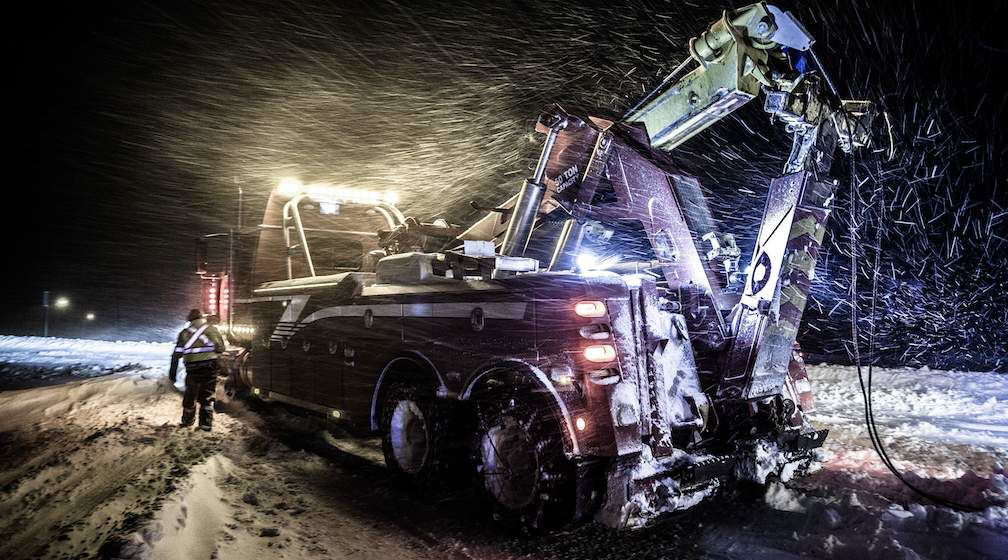
Good tires are so important on the roads we drive. When we’re gearing up for winter and driving in deep snow and on ice we put winter tires on our crew Tundras. The mud and snow tires they come with are fantastic for offroad jobs and in light snow but in harsh conditions on the Coquihalla we take safety a step further.
“The single most important trait a heavy rescue operator needs is tenacity.
For our wreckers, we use siped winter tires, which is when a special machine cuts nearly invisible lines through the treads, making edges sharper. Siped tires will clear snow out of the treads quicker and the sharper edges help us stick to the road better. You don’t want to take risks when you’re driving on a road where black ice can sneak up on you.
What was one of the scariest rescues you ever did in your career? (Gerry Rivard)
Before we started filming season one of Highway Thru Hell there was a big wreck where two semis crashed at one end of the Spuzzum Bridge in the Canyon. One semi ended up hanging off the bridge, while another went off. It was nerve-wracking to work on a wreck like that. We were lowering and raising rescue workers over the bridge itself, using the Rotator. It was the fastest way down there.
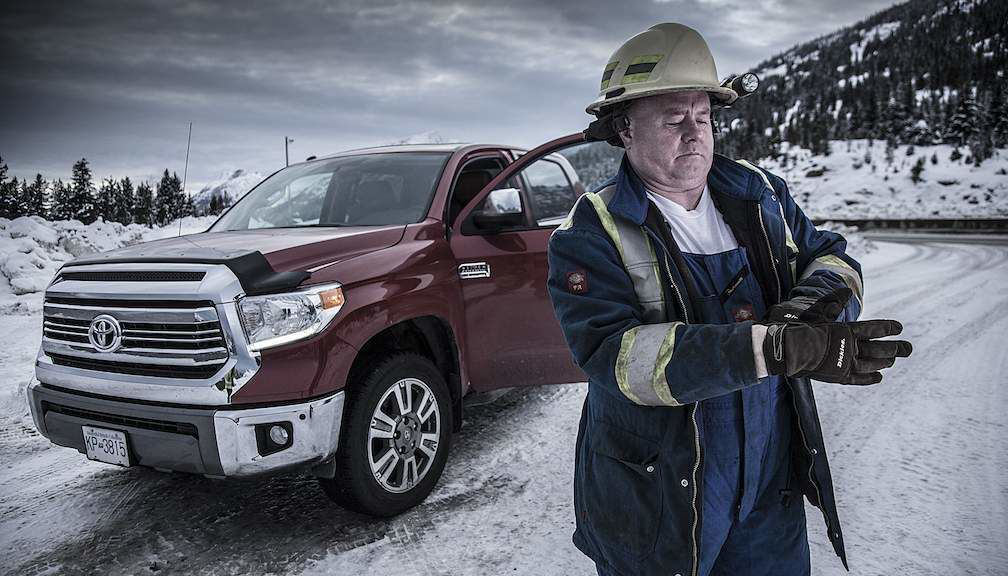
What is the best way to navigate on ice on the roads? (Jenny Borus)
My first suggestion is to stay home if you know there’s ice on the road, but if you do get stuck out in icy conditions start by going slow and putting on your 4-ways. If it’s really slippery, stay close to the edge of the road where you can get onto gravel to get some traction if you need to.
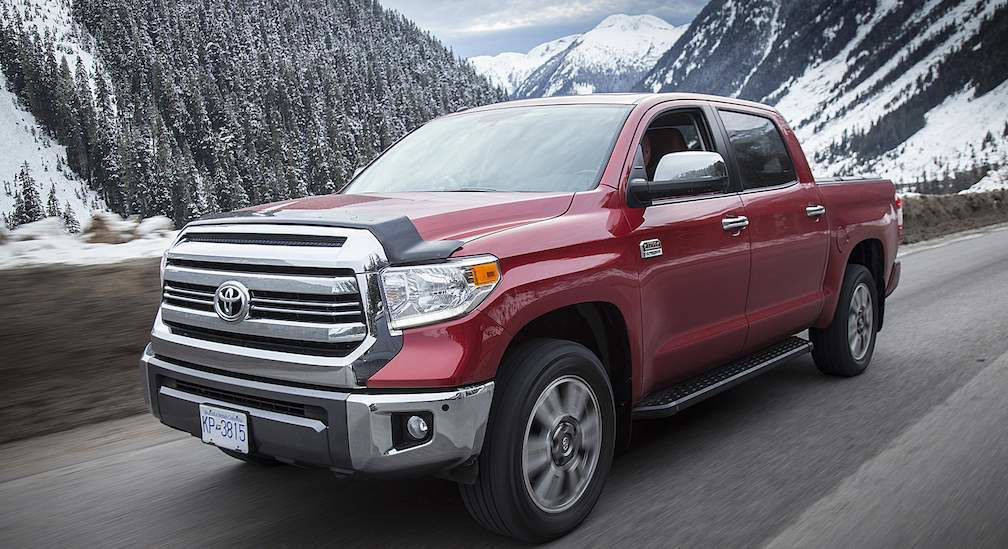
What do you like the most about your Tundra? (Michael Frank)
There are so many things I like about the Tundra. It's great that our Tundras are equipped with gas engines. They accelerate like a sports car allowing us to get on and off the highway quickly and avoid any sort of passing issue. The backup camera makes me feel safe and it’s great having the ability to know where other cars are in my blind spot since they have a Blind Spot Monitor.
When we go off-road and into snow - and we do do that a lot - I depend on the Tundra's 4-wheel drive and the Auto Limited Slip Differential to improve my traction. When we need to respond quickly and safely to an accident scene we know the Tundra is going to be reliable. Of course the payload capacity is a big asset too, when we are doing clean up, and have to move cargo.
Season 6 of Highway Thru Hell, airing now on Discovery Canada, captures many of these stories and some of the worst weather in B.C. in over a decade. Check airtime schedules or watch free episodes online at Discovery.ca.